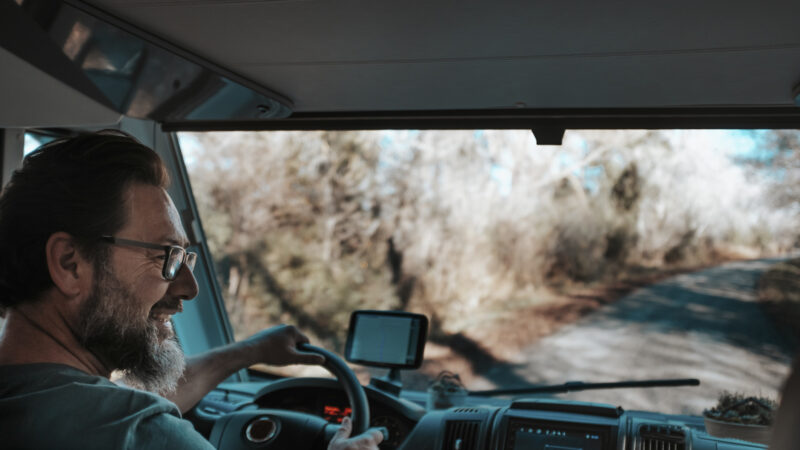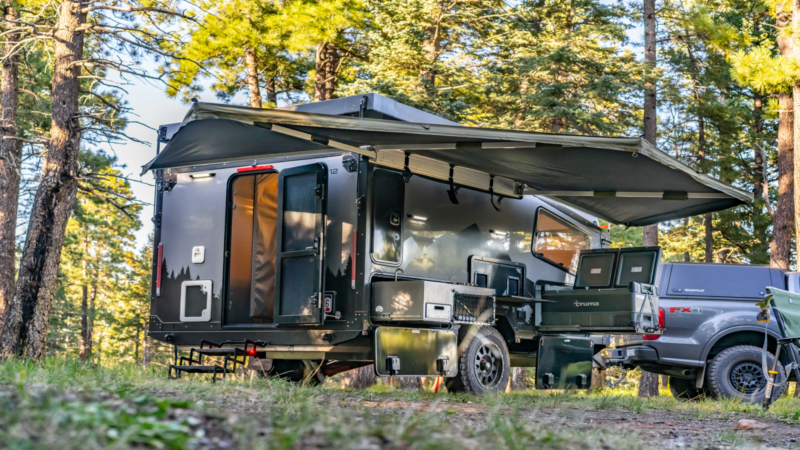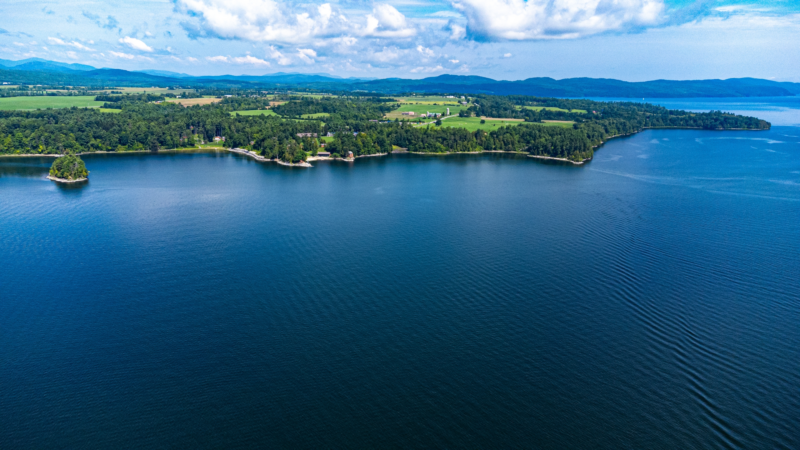Eco-Friendly Tips: How to Sanitize Your RV Fresh Water Tank Without Bleach | I Heart RVing

Let’s face it—your RV’s fresh water tank is basically your traveling hydration hub. Whether you’re sipping, cooking, or showering, clean water is non-negotiable. But if the words “bleach treatment” conjure up memories of nose-pinching and dry skin, you’re not alone. Good news: RV fresh water tank treatments without bleach are not only possible—they’re smart, safe, and sustainable.
Why Avoid Bleach for RV Fresh Water Tank Sanitization?
We’re not here to bleach-shame. But there may be a better way. Because let’s be honest: that chemical tang? The lingering scent? The worry you didn’t quite rinse it all out? It’s enough to make anyone second-guess their sip. Bleach is strong and effective, sure. But it’s also harsh—on your system, your skin, and your senses. Isn’t it time to rethink the ritual?
Safe Alternatives for RV Fresh Water Tank Treatments
Meet the MVPs of RV water treatment—safe, effective options that don’t require a hazmat suit:
- Hydrogen Peroxide (Food Grade): Powerful disinfectant, zero taste.
- White Vinegar: Natural acid, good for mineral buildup.
- Grapefruit Seed Extract (GSE): A mighty microbial warrior.
- Citric Acid Cleaners: Perfect for deodorizing and descaling.
- Commercial Non-Bleach Sanitizers: More on those shortly.
Step-by-Step Guide to Sanitizing Your RV Fresh Water Tank With Hydrogen Peroxide
Here’s your go-to method using hydrogen peroxide:
- Drain the Tank: Turn off the water pump and drain all remaining water.
- Mix It Up: Use 1/2 cup of 3% hydrogen peroxide per 10 gallons of tank capacity. (If using food-grade 35%, dilute accordingly!)
- Fill It Up: Add the mix to your tank and top it off with water.
- Let It Sit: Pump the solution through all your water lines. Let it sit for 4 – 12 hours.
- Flush It Out: Drain everything and refill with clean water. Repeat until the water smells and tastes fresh.
Bonus: This also gives your RV water lines a nice little detox.
Natural RV Fresh Water Tank Sanitizers: Pros and Cons
| Sanitizer | Pros | Cons |
| Hydrogen Peroxide | No residue, effective, no taste | Needs proper dilution |
| White Vinegar | Eco-friendly, fights scale | Strong odor; needs to be heated |
| Grapefruit Seed Extract | Natural, non-toxic | Pricier, harder to find |
| Citric Acid | Deodorizes & descaling | Requires warm water for best results |
Best Products for RV Fresh Water Tank Treatment
If you want off-the-shelf convenience, try these bleach-free champs:
- Camco TastePURE Spring Fresh
- Thetford Fresh Water Tank Sanitizer
- Star Brite Aqua Water Freshener & Tank Cleaner
- Happy Campers Odorless Holding Tank Treatment (bonus: good for grey & black tanks)
Each is designed for RVers who want safe drinking water with zero aftertaste drama.
How to Use RV Fresh Water Tank Cleaners Effectively
- Follow Label Directions: They’re not just for show.
- Flush Thoroughly: At least two full cycles recommended.
- Don’t Mix Cleaners: This isn’t cocktail hour.
- Sanitize All Lines: That includes outdoor shower hoses!
Maintaining Your RV Water Lines for Optimal Hygiene
Think of your water lines like your coffee mug: rinse regularly, or things get funky.
Tips:
- Run sanitizing solution through all outlets.
- Use filters to reduce sediment.
- Clean your water pressure regulator, too!
Tips for Regular RV Fresh Water Tank Maintenance
- Monthly Rinse & Sanitize: Especially before and after storage.
- Keep it Dry: Empty the tank during downtime.
- Use a Water Filter: At every fill-up station.
- Watch for Smells or Discoloration: The nose knows.
Common Mistakes to Avoid When Sanitizing RV Water Tanks
- Using too much hydrogen peroxide (no, it won’t make it “extra clean”).
- Forgetting to flush ALL water lines.
- Letting the tank sit too long with water inside.
- Ignoring water heater maintenance—it’s part of the system, too!
Ensuring Safe Drinking Water in Your RV
Beyond just cleaning, protecting your RV drinking water treatment means:
- Using potable-only hoses.
- Sanitizing after extended storage.
- Testing water pH (yes, kits exist!).
Conclusion: Eco-Friendly Practices for a Clean RV Water System
Ditch the bleach, not the clean. With natural sanitizers, smart habits, and a little rinse-and-repeat, you can keep your RV fresh water tank treatment on point. You’ll have safer sips, longer-lasting plumbing, and a lighter footprint on the planet.






